En Route to Field School in Peru
Guest post by Mike Graeme
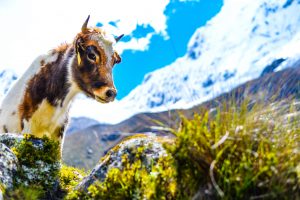 We stumble into a van at 5:30 in the morning. My partner Inanna and I are heading into Huascarán National Park, in the Cordillera Blanca — the highest tropical mountain range in the world.
We stumble into a van at 5:30 in the morning. My partner Inanna and I are heading into Huascarán National Park, in the Cordillera Blanca — the highest tropical mountain range in the world.
Why are we in Peru? Inanna and I have a week before our UVic environmental studies field school kicks off in Lamas, a community in the northernmost region of the country.
What a dream it is to be taking this “Sustainable Indigenous Economies and Ecologies of Peru” course together at the Sachamama Centre for Bicultural Regeneration. So we thought we would make the most of it.
Our UVic professor, Ana María Peredo, has set out some pre-course readings and the best way to absorb them, we decide, is to simultaneously absorb Peru through our senses. Our plan: slowly make our way north to Lamas from Lima, Peru’s capital.
Now, gradually waking up to dirt-road head-hit-ceiling bumps — perhaps the most jarring way to absorb Peru through the senses — Huascarán National Park is our first stop after Lima. Looking out the window as we start our ascent up into the park, our developing understanding is already mixing with experience.
In the foreground of Huascarán’s Chacraraju’s glacier, which looms above us and is now receiving the first creamsicle rays of morning, I see a mine carved into the mountainside.
In our readings we are learning about how during the earlier days of European colonization, the silver mines — especially the Potosí mine in what is now the Bolivian Andes — were the major source of wealth being channeled back to Lima (the colonial centre) and then to Spain. Forced Indigenous labour was the medium for extracting that mineral wealth.
I have this in my head as we wind a switchback corner and the mine disappears out of sight. We come to a lake and get out to stretch our legs. Inanna finds a bed in a tree and we have to pinch her awake to get back in the van. “But we don’t need to look any further,” she says, as we drag her away from her paradise.
We reach the trailhead around 8:30 and begin applying layers of sunscreen and gulping coca tea to protect against the harshness of high altitude.
As the trail begins the big incline towards Chacraraju Glacier, we start to feel the effects of the altitude. Our hearts pound in our chests but still can’t seem to get enough oxygen to our heads. Every five minutes I have to lean on a rock to support against a new head-rush. Our destination is Laguna 69, which is a lake 4,600 metres (15,092 feet) above sea level.
It hits me that the mine at Potosí was also 15,000 feet above sea level. How on earth did people work in this altitude, which feels like gravity multiplied by ten?
I recall my introduction to biological anthropology class in first year UVic, where I learned that Indigenous people of the Andes had developed an adaptation to the high altitude involving the ability to carry more oxygen in their blood thus getting an adequate breath in without having to hyperventilate like I am doing.
Even so, high elevation was the least of the harsh conditions of the exploitative mine work. While many Indigenous workers died from the mere dangerous environment of the mines, others had their lives shortened by silicosis, a lung disease caused by inhaling ore dust.
Workers, moreover, didn’t have access to adequate nutrition, and children and women were compelled to work in these oppressive conditions as well to supplement the paltry earnings of the men of the family.
The toxic and dangerous conditions were so bad that many of the Indigenous communities near the big mines fled to other provinces. These mining provinces were then repopulated — again forcibly — by the involuntary resettlement of Indigenous communities from other regions, and the cycle continued.
About two hours into the hike, as I try to balance from another headrush, I look back the way we came: mountains and glaciers in all directions. It is a mix of euphoria and melancholy. Mountains like these have always made me feel small in an empowering kind of way. They connect me to something deeper, something ancient. I grew up in the mountains in British Columbia, on Sinixt Territory, and I have learned to respect these places and their connections to a deep past.
The melancholy comes from the knowledge that glaciers are disappearing. It also comes from the fact that the great glacier near where I grew up is being turned into a ski resort, despite Indigenous resistance from the Ktunaxa First Nation, who know it as a sacred place of dancing with grizzly bear.
The mountains here in the Andes are known by the first inhabitants of this place as apus, sacred grandfather deities. As I look down the valley I see ancient stone work, perhaps an old village. They must have had names for these mountains.
When we reach the lake, I ask the tour guide why it is called Laguna 69.
“Because it didn’t have a name when the park was created,” he replies, “so they numbered the lakes that lacked names.”
But what about the Indigenous communities who live here, don’t they have a name for the lake?
“The Indigenous people who used to live here were kicked out when the area became a park,” says our guide.
My cause of breathlessness this time isn’t due to the altitude, nor is it due to the breathtaking mountains rising in all directions.
It is due to the growing understanding that the Indigenous communities who called these mountains sacred were the very ones forced to carve out these mountains to extract mineral wealth.
It is the growing understanding that while I have come here for a day to marvel at this landscape, to hike here and enjoy myself, those who have honoured these mountains, who have long engaged in conversation and reciprocal relations with these apus, are now exiled from them by Peru’s park system.
That night we jump on a night bus and begin heading north again towards our field school. We think back to the trail we hiked and the trail that lies ahead. The following two-and-a-half weeks will certainly be spent in some deep discussions around the themes that are already winding into our experiences.

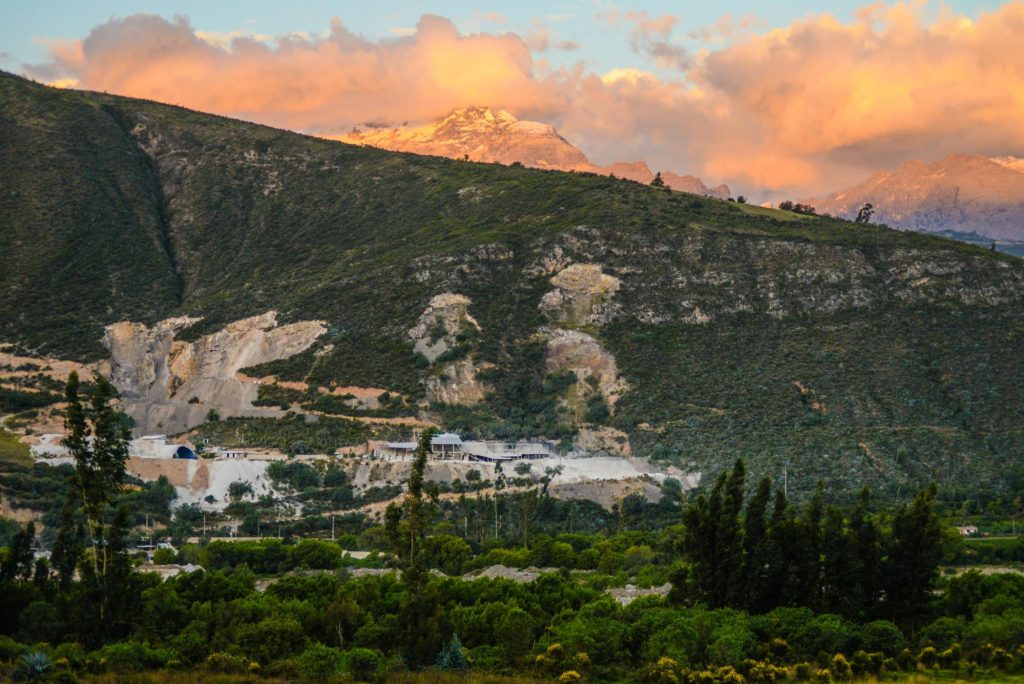
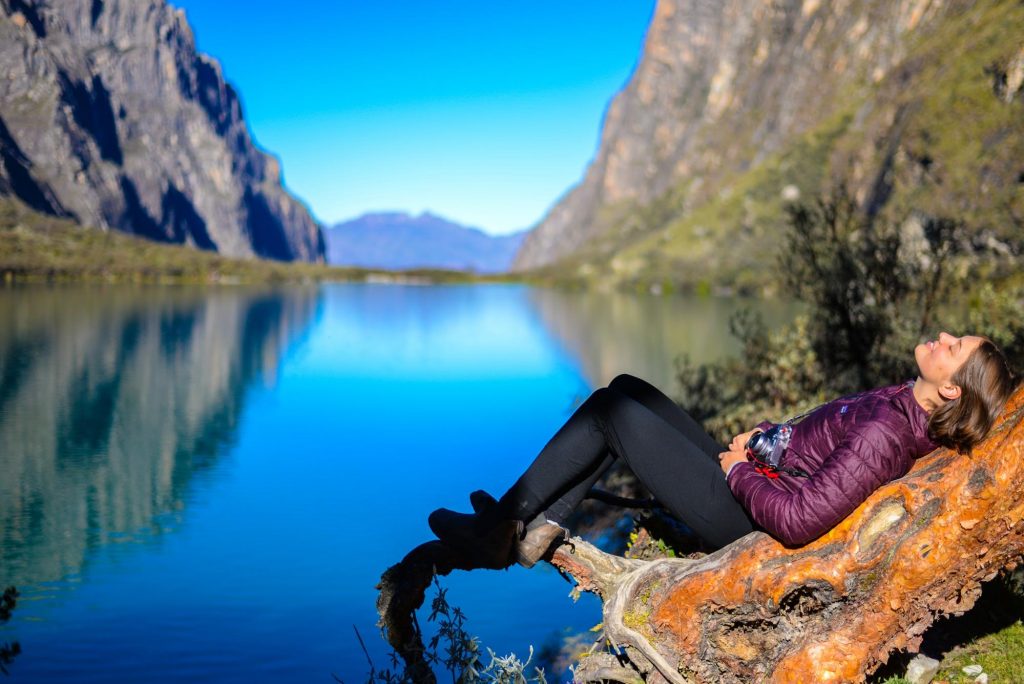
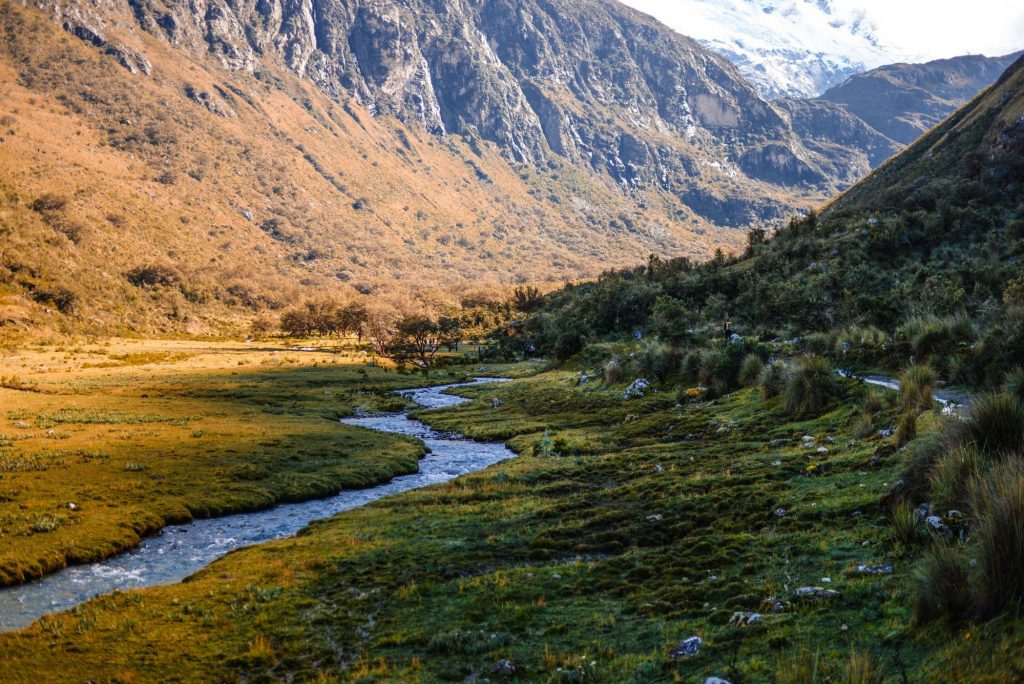
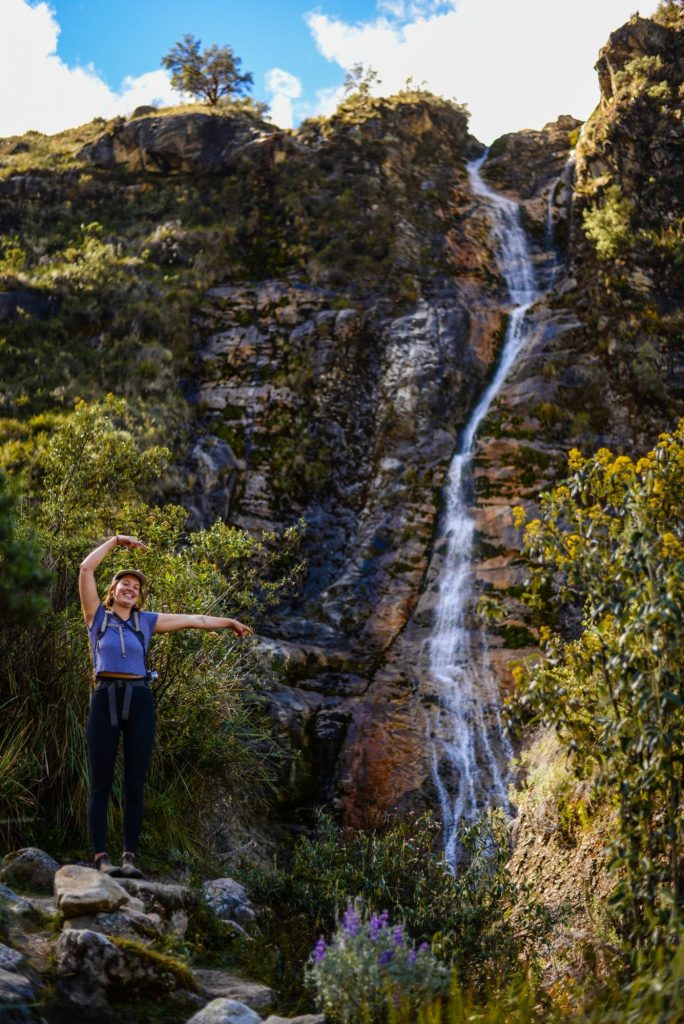
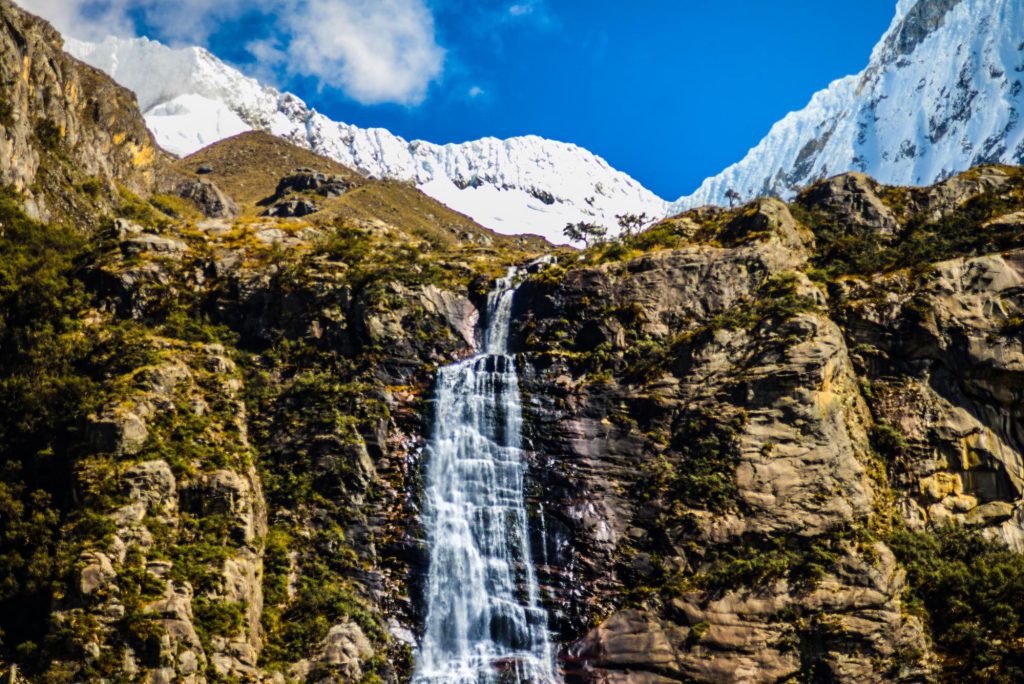
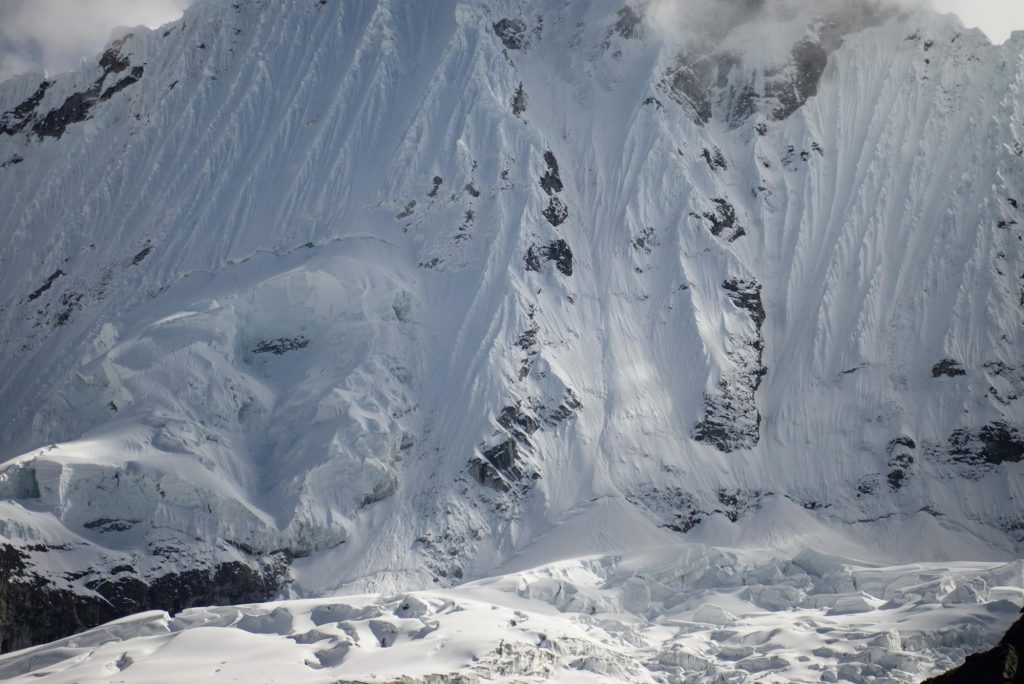
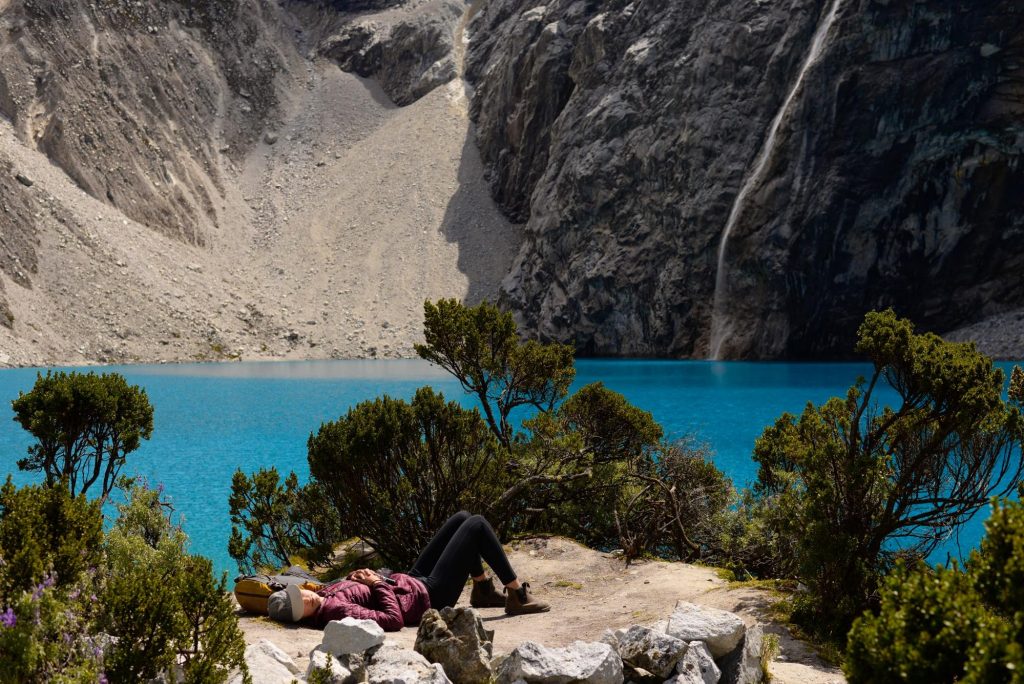
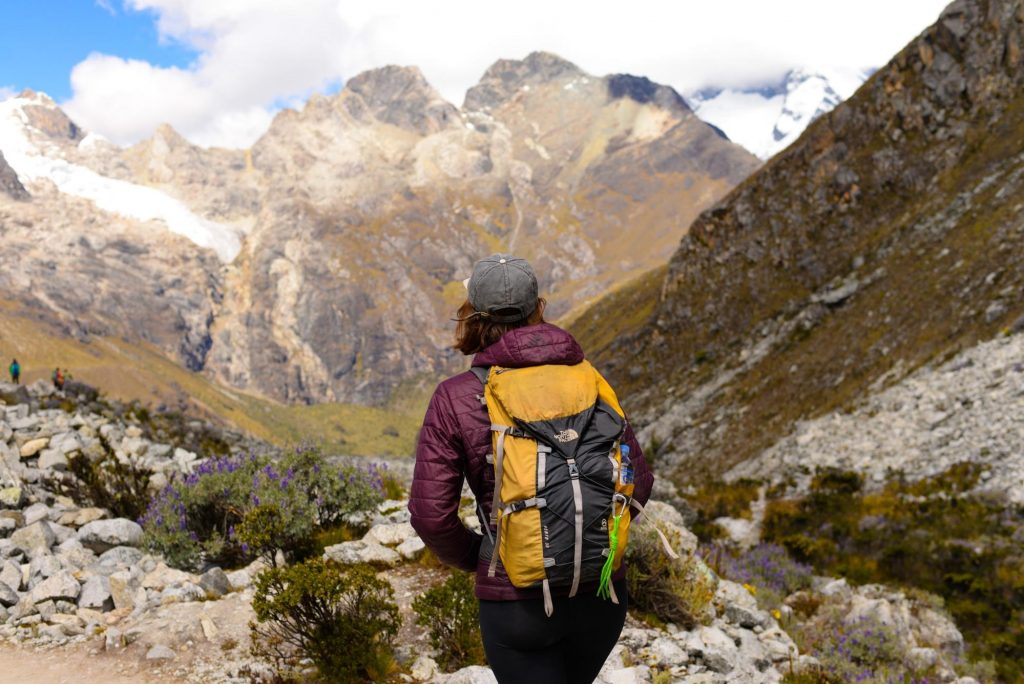

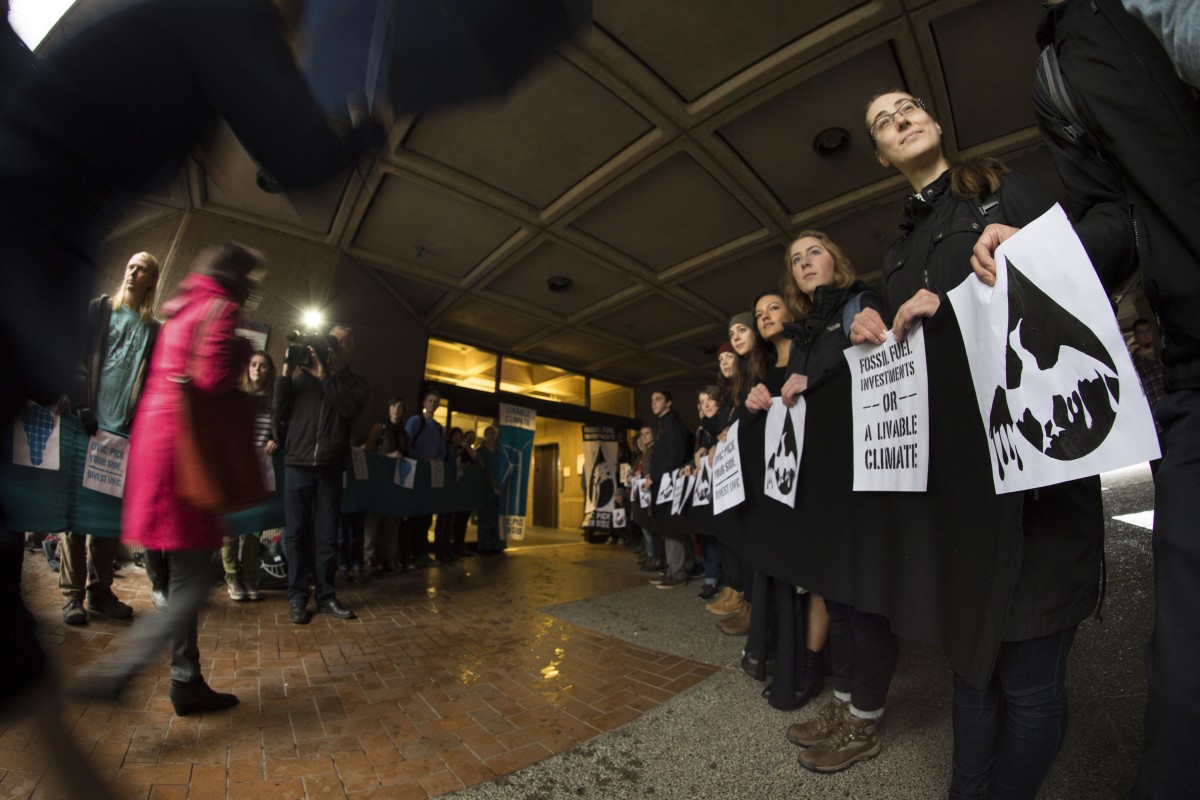

Thank you for commenting on your experience, Mike. I intended to be with you at that field school but circumstances precluded my participation. I will just enjoy it vicariously, albeit with more oxygen. Your growing awareness of indigenous issues is particularly poignant, given that we are celebrating National Aboriginal Day here in Canada.